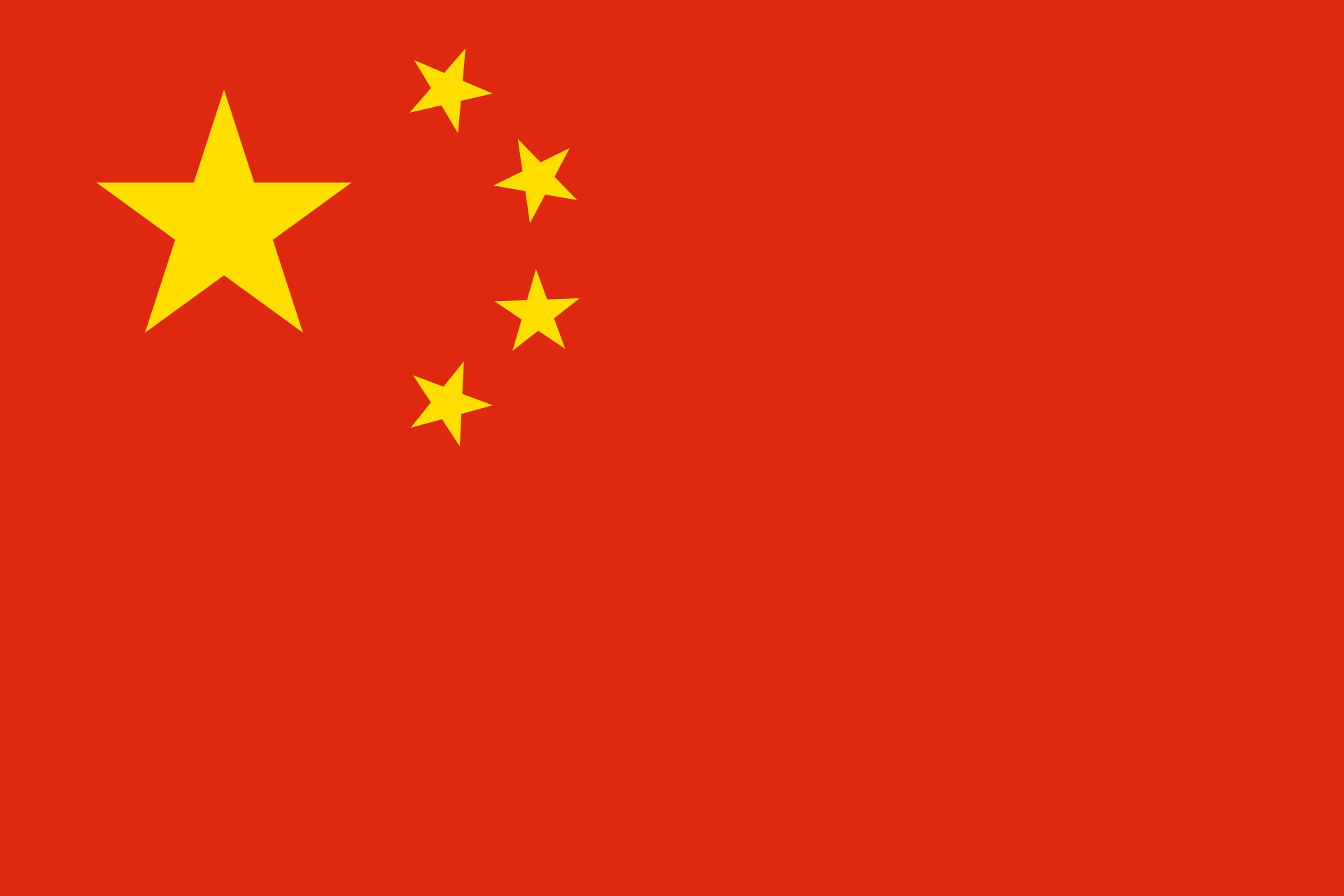
Maritime
Tasik Chini
Almost all of the Reserve areas are covered by wetland (freshwater lake, Tasik Chini and feeder rivers of the lake) and a slightly steep hill (Chini Hill) as well as the Tasik Chini State Park Reserve Forest.
The freshwater lake, together with the drainage basin, the gazzetted Tasik Chini State Park including the 641 m Bukit Chini showed habitats that are endemic only to Tasik Chini which represent habitat only found in this area.
Selva Pisana
Situated along the Mediterranean coast of Italy to the west of Pisa between Viareggio and Livorno in the Tuscany Region, this Biosphere Reserve contains a rich biodiversity comprising natural and semi-natural plains habitats, including dunes, wetlands, mesophytic woodlands and pinewoods, and agricultural zones with hedges. These habitats contain some rare species that have disappeared from most of Italy and the Mediterranean region. Plains woodlands that are rare in Italy cover here extensive areas.
Wakatobi
Wakatobi is an acronym for the four main islands of Wangi-Wangi, Kaledupa, Tomia, and Binongko that, together with smaller islands, comprise the Tukang Besi Archipelago at the southeastern tip of Sulawesi. The archipelago is renowned for the diversity of its spectacular coral gardens. Wakatobi’s 3.4 million acres of islands and waters were declared a national park in 1996. The ethnically diverse human population strives to make the area a learning laboratory in areas such as fisheries and agriculture.
Hara
Hara Biosphere Reserve is located in the south of Iran in the Straits of Khuran between Queshm Island and the Persian Gulf. Situated in the Mehran River delta, it hosts the largest Avicennia mangrove along the Persian Gulf shoreline and, therefore, represents a center of biodiversity in Iran. The Strait of Khuran is also a Ramsar site, providing habitat to two globally threatened species: a wintering habitat for the pelican Pelecanus crispus, and a regular feeding place for the green turtle Chelonia mydas.
Geno
The Geno Biosphere Reserve is situated in the very south of the Zagros Mountains, close to the Persian Gulf and the Hara Biosphere Reserve. In Geno, the warm and humid region of the Persian Gulf in the west and the arid deserts of central Iran are separated by mountains reaching an altitude of more than 3,000 meters above sea level. In this biosphere reserve, the change of vegetation with elevation and varying microclimatic conditions can be observed very well. Several hot springs are located in the valleys.
Can Gio Mangrove
This biosphere reserve is located in the coastal district southeast of Ho Chi Minh City. One of the main advantages of Can Gio is that it provides the opportunity to work on environmental protection on a continuum of habitats, ranging from the sea to the boundary of Ho Chi Minh City, the biggest industrial city in Vietnam. The mangrove forest is regarded as the “green lungs” of the city.
Giam Siak Kecil-Bukit Batu
Bukit Batu is a peatland area in Sumatra featuring sustainable timber production and two wildlife reserves, which are home to the Sumatra tiger, elephant, tapir, and sun bear. Research activities in the biosphere include the monitoring of flagship species and in-depth study on peatland ecology. Initial studies indicate good potential for sustainable economic development using flora and fauna for the inhabitants’ economic welfare.
Lore Lindu
Lore Lindu Biosphere Reserve and National Park comprises one of the largest remaining mountainous rain forests of Sulawesi.
It is of high importance from a biodiversity, cultural as well as archaeological point of view. Approximately 90% of the area is montane forest above 1,000 meters altitude, representing most of Sulawesis’ unique mountain flora and fauna.
Changbaishan
Changbaishan Biosphere Reserve is located in the north-east of China at the border to the People's Democratic Republic of Korea. Vegetation within the area changes with its altitude (720 to 2,691 meters above sea level), covering deciduous forest, mixed coniferous-broadleaf forest with Korean pine (Pinus koraiensis), coniferous forest, dwarf-birch forest and alpine tundra. The plant species comprise European, Siberian and central Chinese species, and include 1,800 species of vascular plants.
This platform has been developed and maintained with the support of:
Contact
UNESCO Headquarters
7 Place de Fontenoy
75007 Paris, France
Social and Human Sciences Sector
Research, Policy and Foresight Section
Silk Roads Programme



